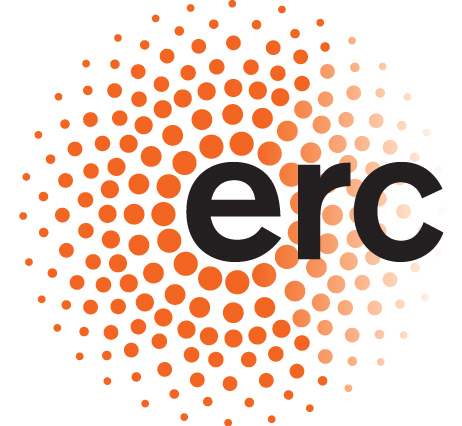Despite written language is not part of our genetic endowment, literate adults process an impressive amount of information as they read, and do that extremely flawlessly and nearly error–free. How this happens is largely unknown, and represents a fundamental issue for theories of human learning. Building on data from nonhuman primates, human infants and psycholinguistic experiments on word internal structure, this line of research tests the hypothesis that one fundamental cognitive mechanism underlying visual word identification is probabilistic learning. Human infants learn to chunk smaller perceptual units (e.g., oriented lines) into larger, meaningful objects (e.g., tools, faces), taking advantage of recurrent patterns in their distribution. As developing readers, they would apply this very same mechanisms to a newly–encountered type of visual objects, i.e., letters. On this basis, they would build progressively higher–order orthographic units, which eventually make their visual word identification as adult readers astonishingly efficient.
The project is manifold. First and foremost, we aim at identifying which principle(s) drive(s) statistical learning (e.g., bare frequency vs. contextual diversity vs. transitional probabilities) in real languages. Because these variables co–vary a lot, we're developing experiments where we involve adult readers in learning artificial lexicons, where we will build in any statistical properties we might need to test. We also seek signs of statistical learning directly into the performance of developing readers. Finally, we assess positional constraints in the identification of morphemes (e.g., kind and ness in kindness). This work includes behavioural, eye tracking, ERP, MEG and fMRI work. Bringing together evidence from such a wide array of approaches will allow to understand how statistical learning unfolds, and what kind of representations it brings into the human reading system.
This project is currently the core line of research in the lab, and is funded by a 2015 ERC Starting Grant (Grant Agreement No 679010 STATLEARN RC-2015-STG/ERC-2015-STG).





